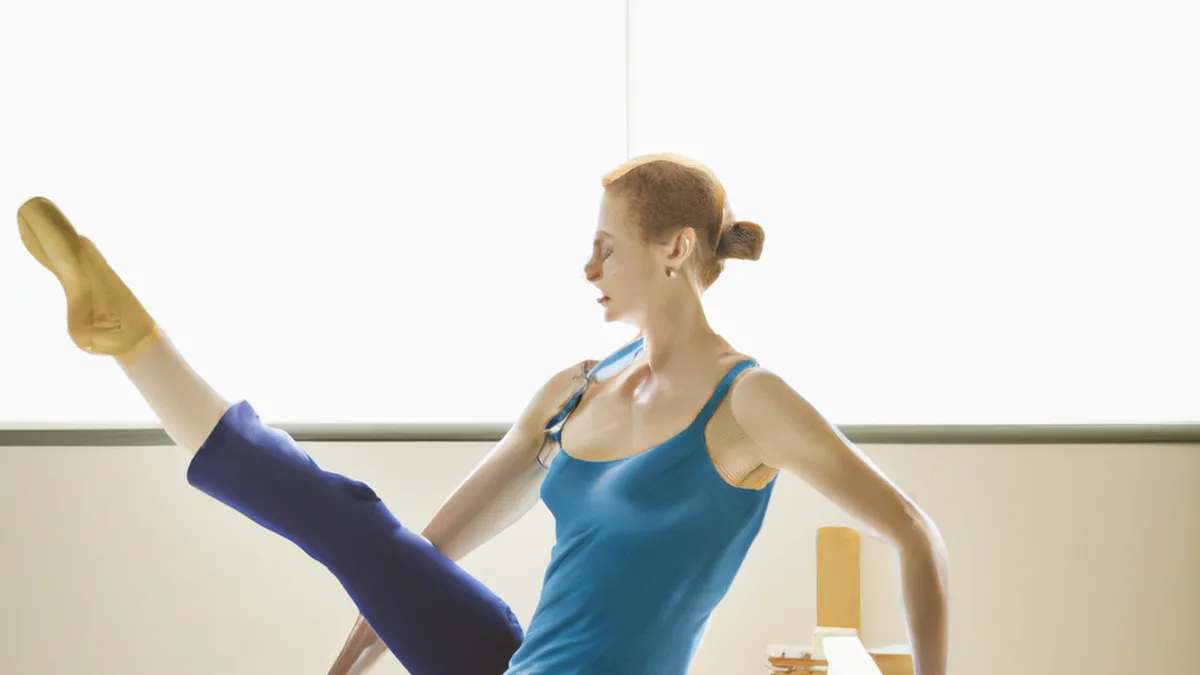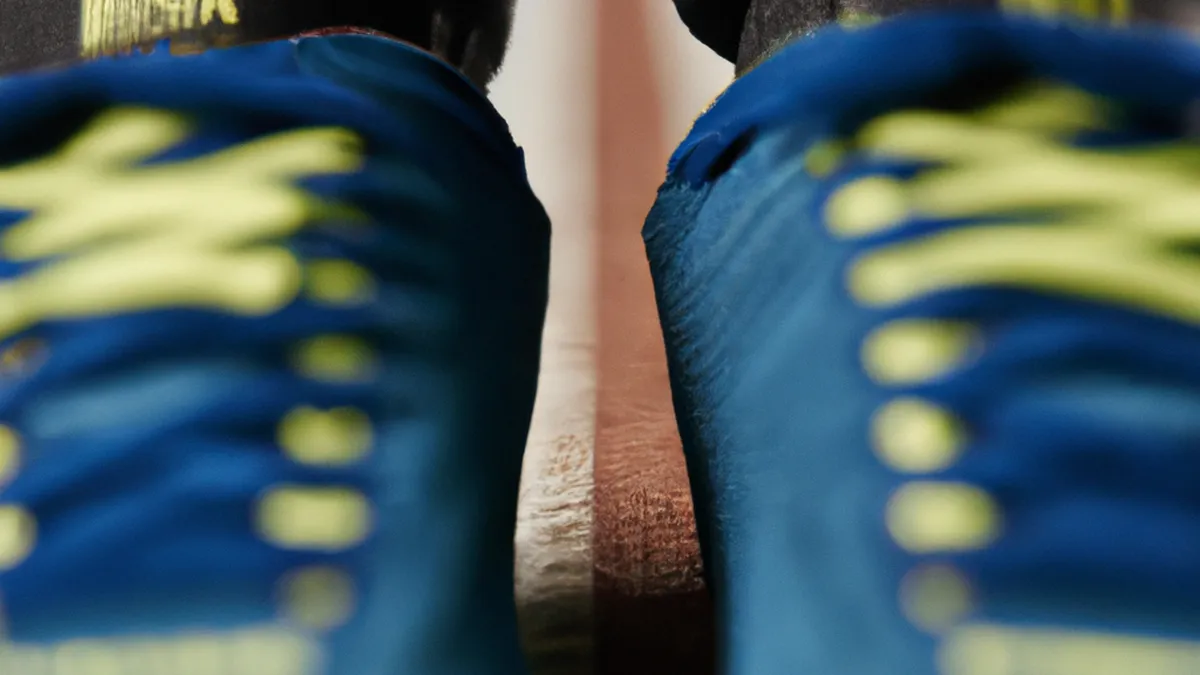Boost Endurance with Cross-Training Pilates
Integrating Pilates Exercises into Cross-Training for AthletesPilates has gained popularity among athletes seeking to improve performance. This low-impact exercise emphasizes core strength, flexibility, and body awareness. It complements the rigorous demands of various sports. Integrating Pilates into your cross-training routine offers benefits like improved muscle balance and enhanced mental focus. This post provides practical tips, effective exercises, and advantages of adding Pilates to your training.
As an Amazon Associate I earn from qualifying purchases.
Gear tip: consider pilates ring, yoga blocks, and hot cold pack to support this topic.
Why Pilates for Athletes?
Core Strength
Pilates strengthens core muscles, including the abdomen, back, hips, and pelvic floor. A strong core provides stability and balance during dynamic movements. Whether you sprint, jump, or perform complex skills, a solid core maintains proper form and reduces injury risk.
Flexibility and Mobility
Pilates promotes flexibility through controlled movements. Increased flexibility allows for a greater range of motion in joints. This improvement can enhance performance in your primary sport. Tight muscles hinder performance and create compensatory movement patterns that raise injury risk. Pilates helps stretch and lengthen muscles, boosting overall mobility.
Injury Prevention
Injury prevention concerns athletes, especially in high-impact sports. Pilates emphasizes body alignment and proper movement patterns, reducing overuse injury risk. Strengthening muscles that stabilize joints creates a more resilient body. This resilience helps athletes withstand their sport’s stresses.
Mental Focus
The mind-body connection plays a vital role in athletic performance. Pilates encourages concentration and mindfulness, increasing awareness of movements and body positioning. Improved focus enhances performance during competition, helping athletes control movements and maintain composure under pressure.
Tips for Integrating Pilates
Start Slowly
If you’re new to Pilates, start slowly. Begin with one or two sessions per week. Gradually increase frequency as you become comfortable with the movements. This approach allows your body to adapt and prevents overexertion, especially if you follow a demanding training schedule.
Choose the Right Instructor
Selecting a qualified Pilates instructor maximizes practice benefits. Look for certified instructors with experience working with athletes. They can tailor classes to meet your specific needs and address sport-specific concerns. An experienced instructor understands your sport’s demands and helps you focus on improvement areas.
Use Pilates Props
Incorporating props like resistance bands, stability balls, or reformers enhances your Pilates practice. These tools provide additional resistance and support. They allow you to deepen stretches and strengthen muscles effectively. Props also introduce variety into your workouts, making them more engaging.
Conclusion
Integrating Pilates into cross-training enhances athletes’ performance through improved strength, flexibility, injury prevention, and mental focus. Start slowly, choose qualified instructors, and use props to maximize your benefits.
Below are related products based on this post:
FAQ
Why should athletes incorporate Pilates into their training?
Pilates offers numerous benefits for athletes, including improved core strength, flexibility, and injury prevention. It helps maintain proper form during dynamic movements, which reduces injury risk and enhances overall performance. Additionally, Pilates promotes mental focus, allowing athletes to improve their concentration during competition.
How can I start integrating Pilates into my cross-training routine?
Begin by incorporating one or two Pilates sessions per week, gradually increasing the frequency as you become more comfortable with the movements. This allows your body to adapt without overexertion, especially if you have a demanding training schedule. Starting slowly ensures a smoother transition into your cross-training routine.
What should I look for in a Pilates instructor?
It’s important to choose a qualified Pilates instructor who has experience working with athletes. Look for certified professionals who can tailor classes to your specific needs and address sport-specific concerns. An experienced instructor will understand the demands of your sport and help you focus on areas that require improvement.















Post Comment